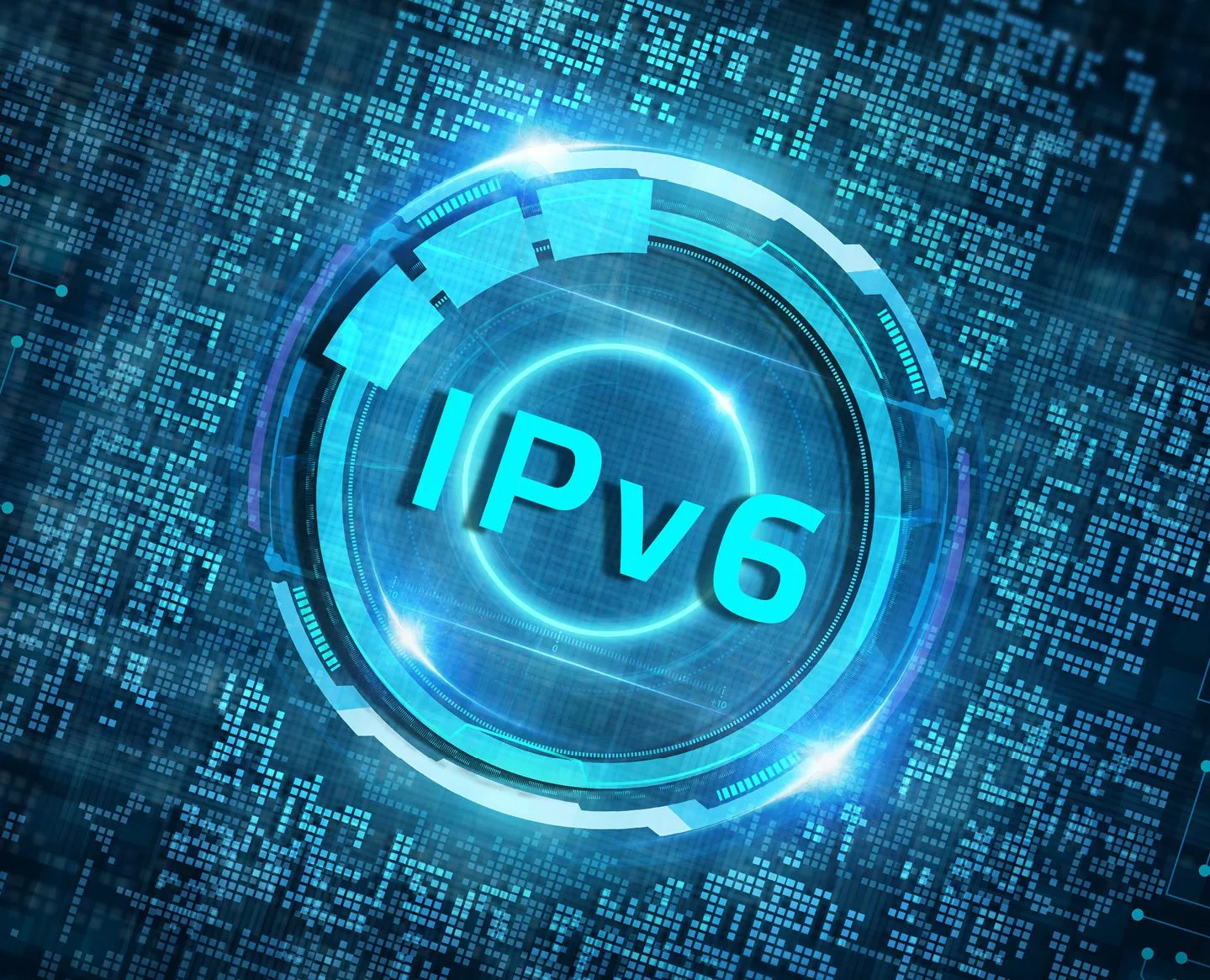What are some best practices for transitioning to IPv6? What are we learning from agencies leading the charge on this?
Lessons learned corroborate the best practices. A best practice is to establish and maintain an appropriate engineering lifecycle tied directly to a professional program management office. IPv6 is a huge technology insertion into the technological enterprise. Government agencies will have challenges if they don’t have good program management practices in place. Another is to bring in IPv6 SMEs to provide guidance and specifications and allow your respective staff members to learn from them.
What is the private sector doing about IPv6?
Large companies are embracing IPv6, as they should. Many of the large data sources — for example, Google and LinkedIn — are using IPv6 already because it’s faster, easier to manage and has better cybersecurity. They’re ahead of their competitors. Medium-sized to small vendors are stuck in their development lifecycle and as yet don’t see the immediate value — i.e., profit — in changing their technical approach.
What are some helpful resources for guidance about IPv6?
Talk with people who have made the journey and come out the other side, such as leaders from the already mentioned federal departments. In the private sector, these include folks from Amazon, Facebook, Microsoft and Wells Fargo, in addition to Google and LinkedIn. They have good best practices in place. You can also do a Google search for books written about IPv6 — some of which are highly technical. Just make sure the resource you choose isn’t a recipe or cookbook: it has to meet your specific company’s IT needs.



